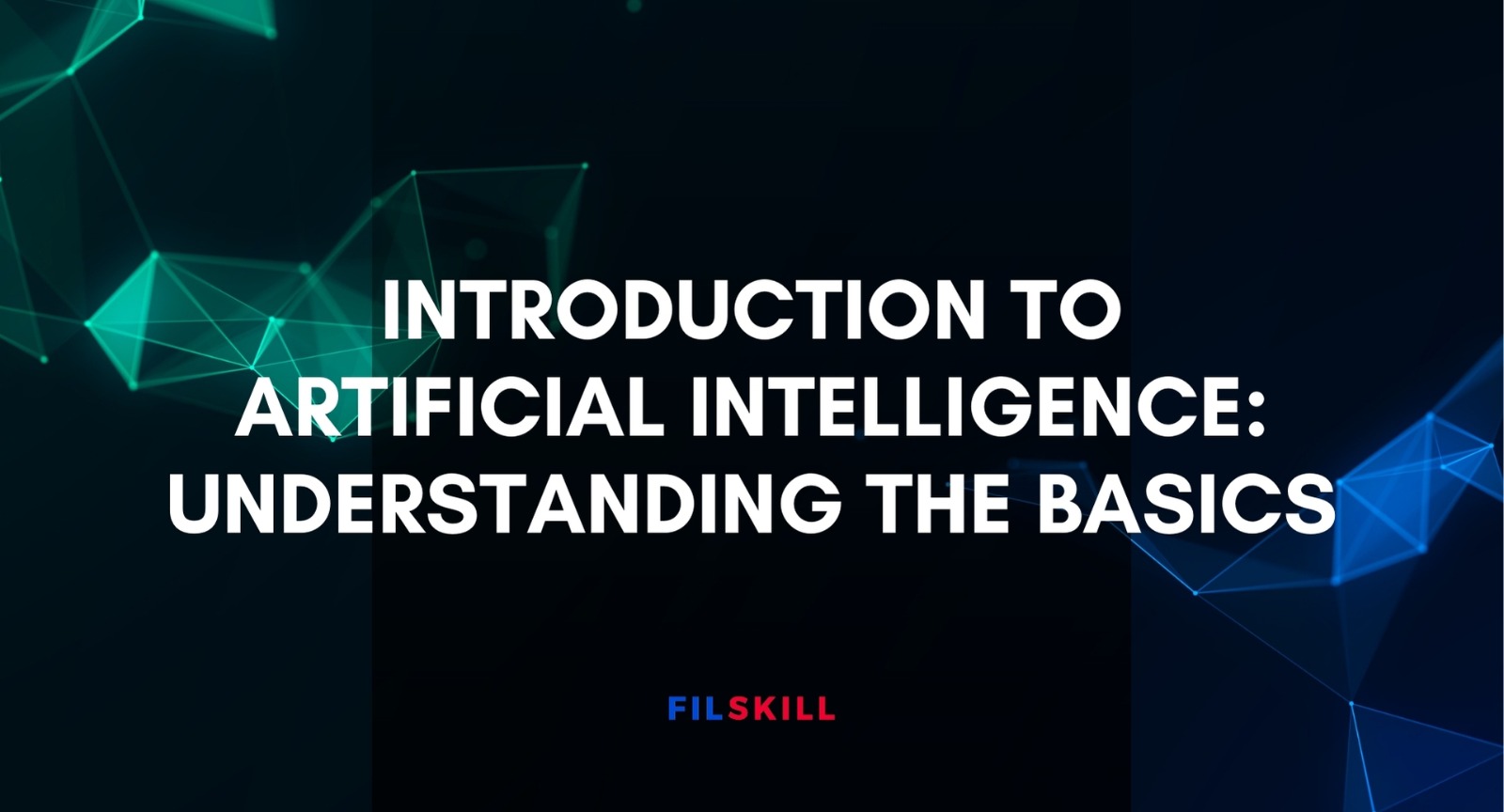Introduction to Artificial Intelligence: Understanding the Basics
In today’s fast-paced digital world, Artificial Intelligence (AI) has become a game-changer across industries. From voice assistants like Siri and Alexa to self-driving cars and advanced medical diagnostics, AI is transforming the way we live and work.
Whether you're a beginner or an expert, understanding AI and its applications is crucial for staying ahead in the technology-driven era.
What is Artificial Intelligence?
Artificial Intelligence (AI) is the simulation of human intelligence in machines. These intelligent systems are designed to perform tasks that typically require human cognition, such as problem-solving, learning, reasoning, and decision-making. AI is transforming industries, improving efficiency, and shaping the future of technology.
A Brief History of Artificial Intelligence
The concept of Artificial Intelligence dates back to ancient mythology,
but modern AI research began in the 1950s. Alan Turing, the father of modern computing,
introduced the Turing Test in 1950 to determine if a machine could exhibit intelligent
behavior equivalent to, or indistinguishable from, a human.
Some major milestones in AI history include:
- 1956: The term "Artificial Intelligence" was coined at the Dartmouth Conference.
- 1997: IBM's Deep Blue defeated world chess champion Garry Kasparov.
- 2011: IBM Watson won the quiz show "Jeopardy!" against human champions.
- 2016: Google's AlphaGo defeated human champions in the board game Go.
- 2020 and beyond AI continues to revolutionize industries like healthcare, finance, and education.
Types of Artificial Intelligence
AI can be categorized into three main types:
1. Narrow AI (Weak AI):
- Designed for specific tasks like facial recognition, recommendation algorithms, or chatbots.
- Examples: Siri, Alexa, Google Assistant.
2. General AI (Strong AI):
- Capable of performing any intellectual task that a human can do.
- Still under development.
3. Super AI
- Hypothetical AI that surpasses human intelligence in all aspects.
- Still under development.
Understanding Machine Learning (ML) and Deep Learning (DL)
Machine Learning (ML) is a subset of Artificial Intelligence that enables systems to learn from data and improve over time. It uses algorithms to identify patterns and make predictions without explicit programming.
Deep Learning (DL) is a specialized field within ML that mimics the human brain using artificial neural networks. It is responsible for advancements in image recognition, speech processing, and autonomous vehicles.
Real-World Applications of Artificial Intelligence
AI is already integrated into our daily lives in various ways:
- Voice Assistants: Siri, Alexa, and Google Assistant use AI to understand and respond to voice commands.
- Healthcare: AI-powered diagnostics help detect diseases early and improve patient care.
- Finance: Fraud detection algorithms and automated trading systems enhance security and efficiency.
- Education: Personalized learning platforms adapt to individual student needs.
- E-commerce: AI-driven recommendation engines suggest products based on user behavior.
The Importance of Artificial Intelligence for the Future
AI is not just a trend; it is the future. It is transforming industries, increasing productivity, and driving innovation. Some key reasons why AI is crucial for the future include:
- Automation: Reducing human effort in repetitive tasks.
- Efficiency: Enhancing decision-making processes.
- Innovation: Enabling breakthroughs in medicine, space exploration, and more.
- Economic Growth: Creating new job opportunities in AI-related fields.
How to Get Started with Learning Artificial Intelligence
If you want to dive into the world of AI, here are some steps to get started:
1. Learn the Basics
- Understand key AI concepts and terminologies.
- Explore fundamental programming languages like Python.
2. Take an Artificial Intelligence Course:
- Enroll in a short-term course to get hands-on experience.
- Courses often cover Machine Learning, Deep Learning, and AI applications.
3. Work on Projects:
- Apply your knowledge by building AI models.
- Participate in hackathons and competitions.
4. Stay Updated:
- Understand key AI concepts and terminologies.
- Follow AI research, attend webinars, and read industry blogs.
Learn AI with Filskill
If you're looking for a reliable Artificial Intelligence course, Filskill offers a comprehensive short-term course that provides hands-on experience and practical knowledge. With expert trainers and industry-relevant content, Filskill ensures that learners gain the necessary skills to excel in AI.
Conclusion
Artificial Intelligence is shaping the world around us. Whether you're a beginner or an expert, investing in AI education can open doors to exciting opportunities. Start your journey today by enrolling in a short-term course and staying ahead in the AI revolution!



